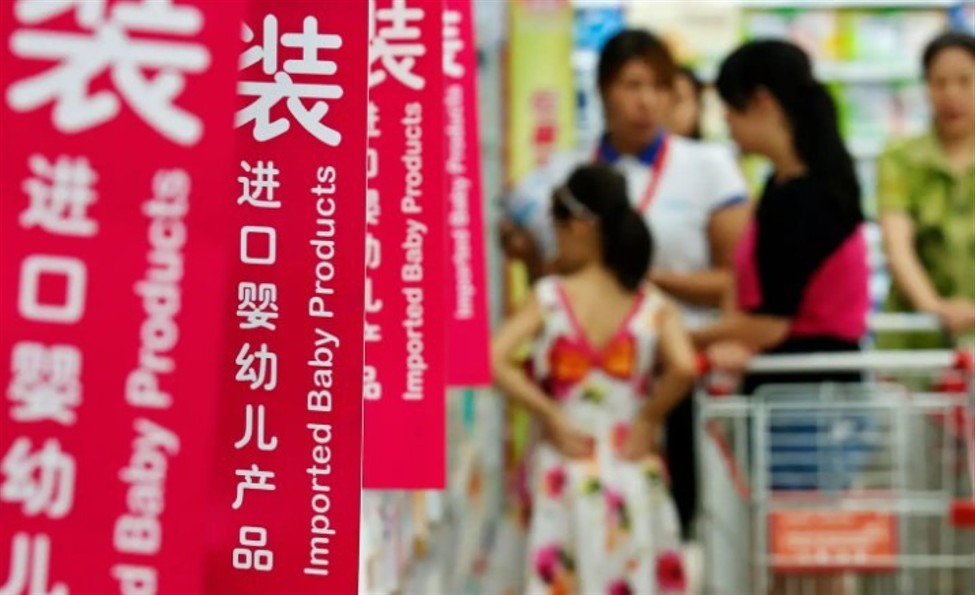Consumer price inflation data from China for February 2024 shows an exit from deflation
CPI +0.7% y/y
- expected +0.3%, prior -0.8% (that -0.8% in January was the sharpest the steepest fall in more than 14 years)
- for the m/m, comes in at +1.0% (prior +0.3%)
- first rise in the CPI since August of 2023
PPI -2.7% y/y
- expected -2.5%, prior -2.5%
- for the m/m, comes in at -0.2%
Thats a very large jump in CPI from -0.8% y/y in January to +0.7% in February. Its not as if the yuan collapsed, which would ramp up the price of imports.
Well, that ends the ‘deflation narrative’ in China. This is welcome news, deflation weighs on the economy in multiple ways:
- When prices are falling, consumers may delay purchases in anticipation of even lower prices in the future. This reduction in spending can lead to decreased demand for goods and services, slowing down economic growth.
- Deflation increases the real value of debt, making it more expensive for borrowers to repay loans. This can lead to higher default rates and can stress financial institutions. Individuals and businesses may cut back on spending and investment as a result.
- As prices fall, revenues for companies decrease, but many of their costs (like loans, leases, and salaries) do not adjust downward as quickly. This can lead to lower profits, cutbacks in production, and layoffs, further contributing to the economic downturn.
- Wages tend to be sticky downwards, meaning they do not easily decrease even when there is deflation. This can lead to higher labor costs relative to revenues for businesses, forcing them to reduce their workforce or halt hiring.
- With falling prices, the return on investments can be lower than expected, or even negative. This can lead to a reduction in investments by businesses in areas like research and development, new projects, or expansion.
- The most dangerous aspect of deflation is the risk of a deflationary spiral. This occurs when falling prices lead to lower production, leading to higher unemployment, leading to lower demand, and thus further declines in prices. This vicious cycle can be very difficult to break and can lead to long-term economic stagnation.
This article was originally published by Forexlive.com. Read the original article here.
